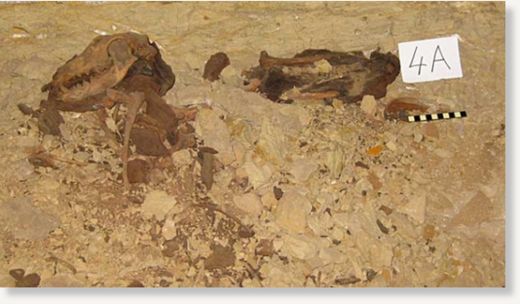
© Courtesy Of The University Of Texas At Austin McDonald ObservatoryEmmanouil Chatzopoulos led team of astronomers.
University of Texas astronomers have discovered one of the brightest exploding stars ever detected, using a modest telescope that photographed the luminous event 3.7 billion light-years away.
Their 2008 discovery was documented in a 50-page article in the March issue of The
Astrophysical Journal.UT astronomy professor J. Craig Wheeler, who has been studying exploding stars, or supernovae, for about 30 years, said the discovery of Supernova 2008am, was "a surprise to me and everyone else" because of its brightness.
Its explosion "produced 100 billion times the energy the sun will ever produce," said Emmanouil Chatzopoulos , a third-year UT doctoral student who led the team of about 10 astronomers that discovered the supernova using an 18-inch telescope. "This is one of the top three ever discovered in terms of brightness."
A spokeswoman for the McDonald Observatory, Rebecca Johnson, said the supernova emitted enough energy in one second to satisfy the power needs of the United States for 1 million times longer than the universe has existed.
The brightness of the star was apparent from the fact that it could be seen from so far away with a telescope, Wheeler said. Astronomers estimate the mass of the star that created the supernova was more than 10 times that of the sun, he added.
Since discovering the supernova, the researchers have spent the past three years doing more investigation and research to confirm its presence.

